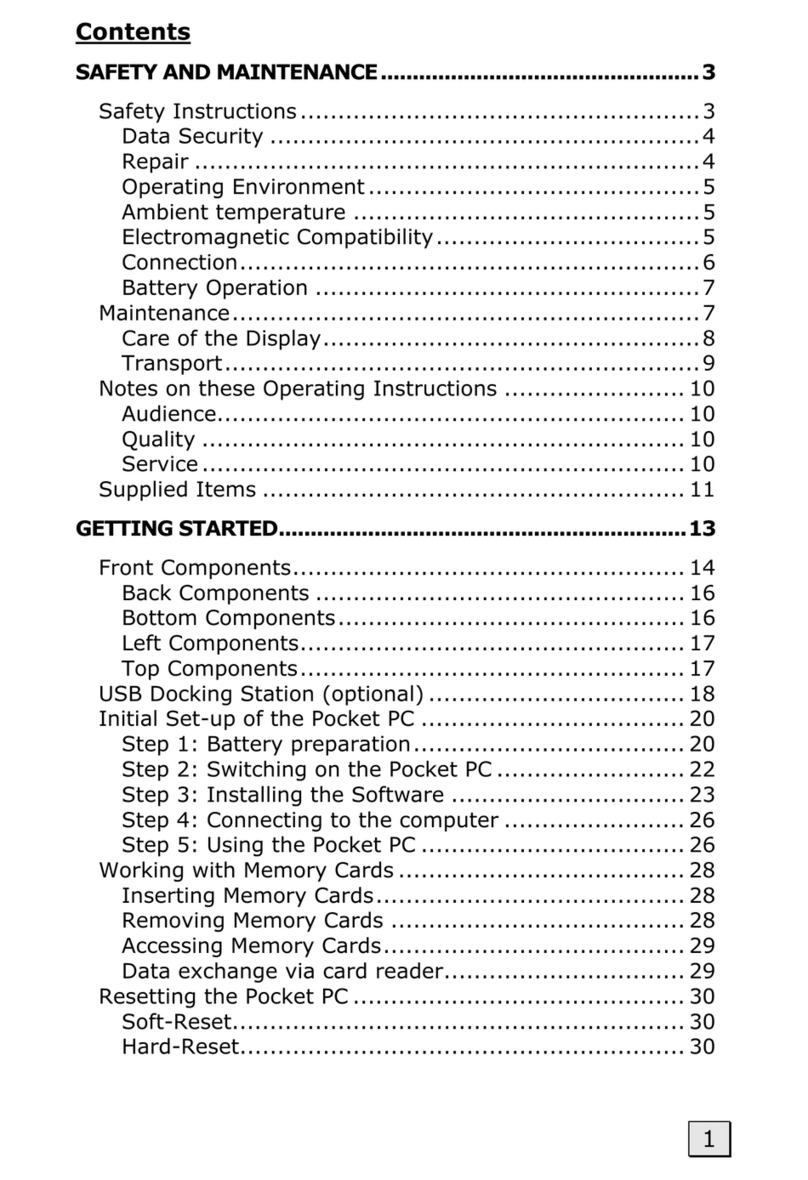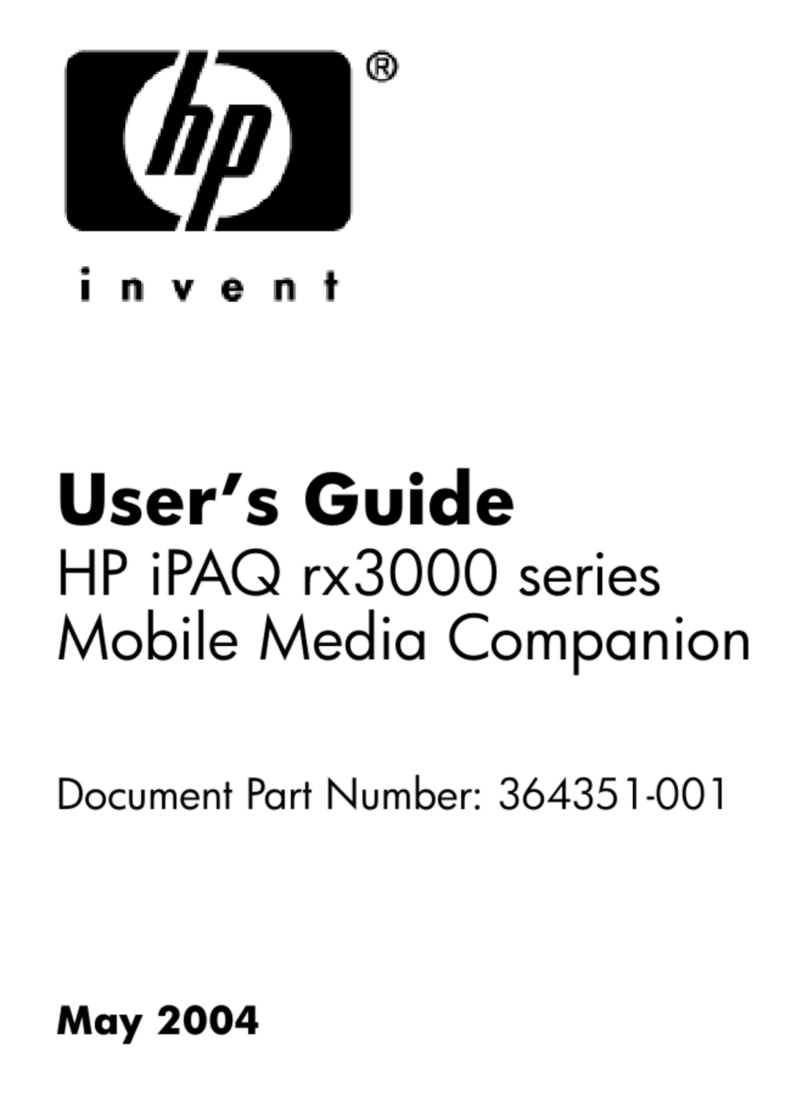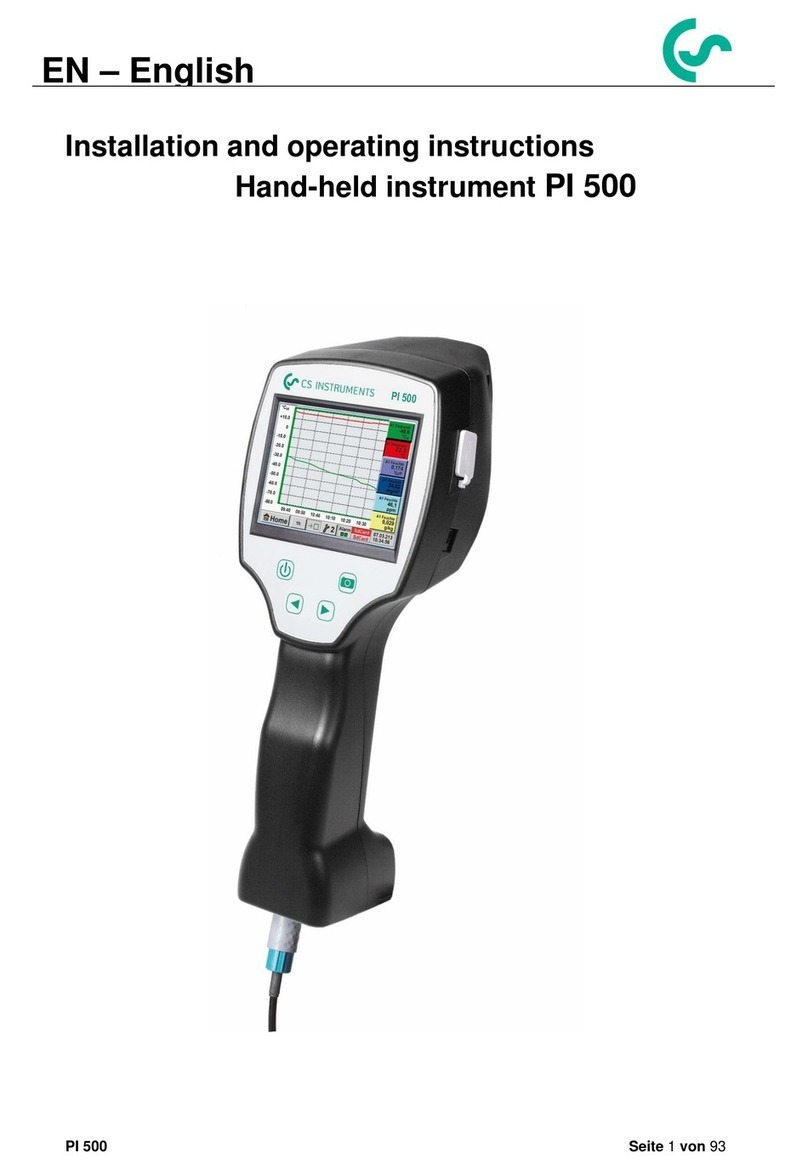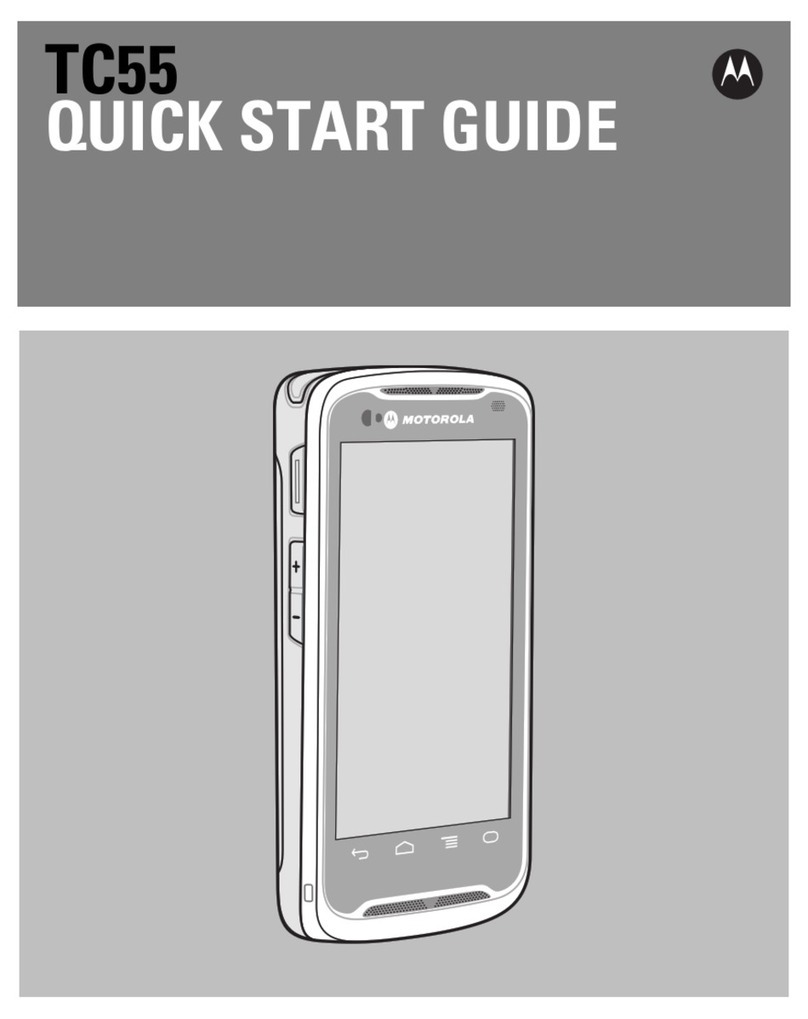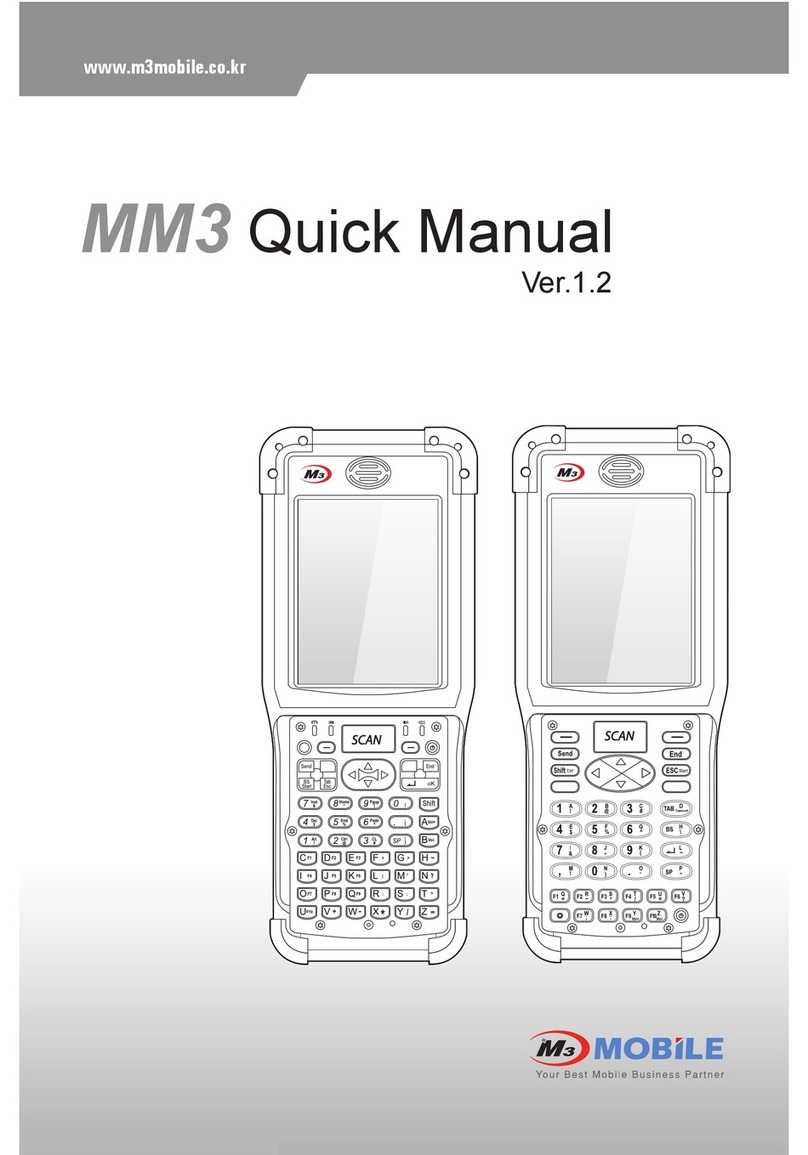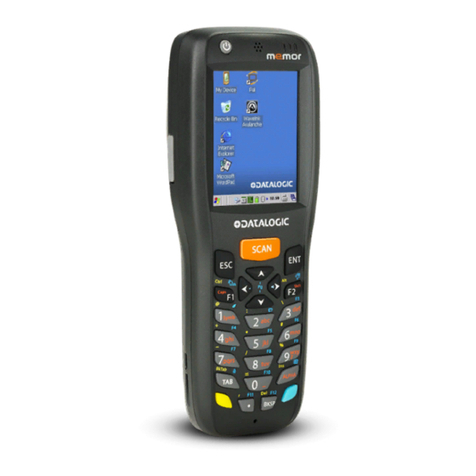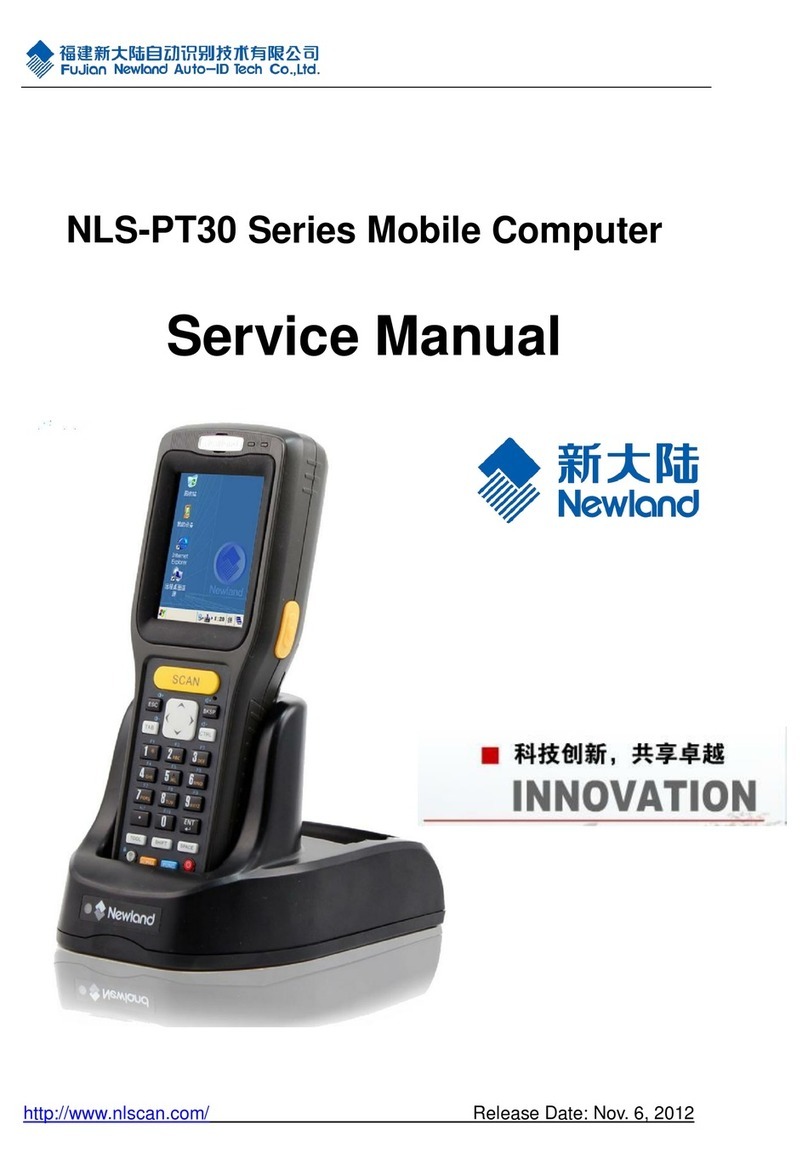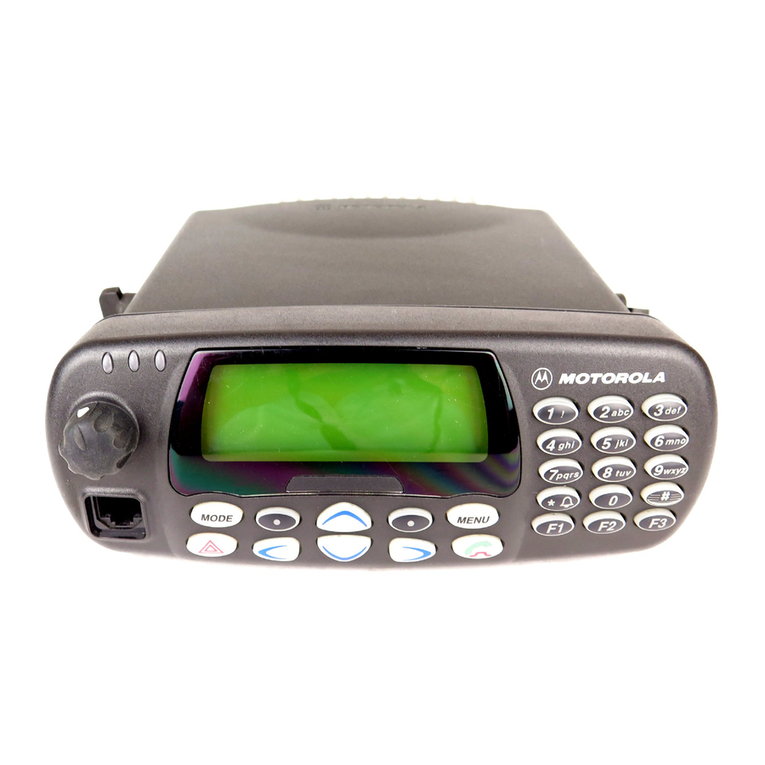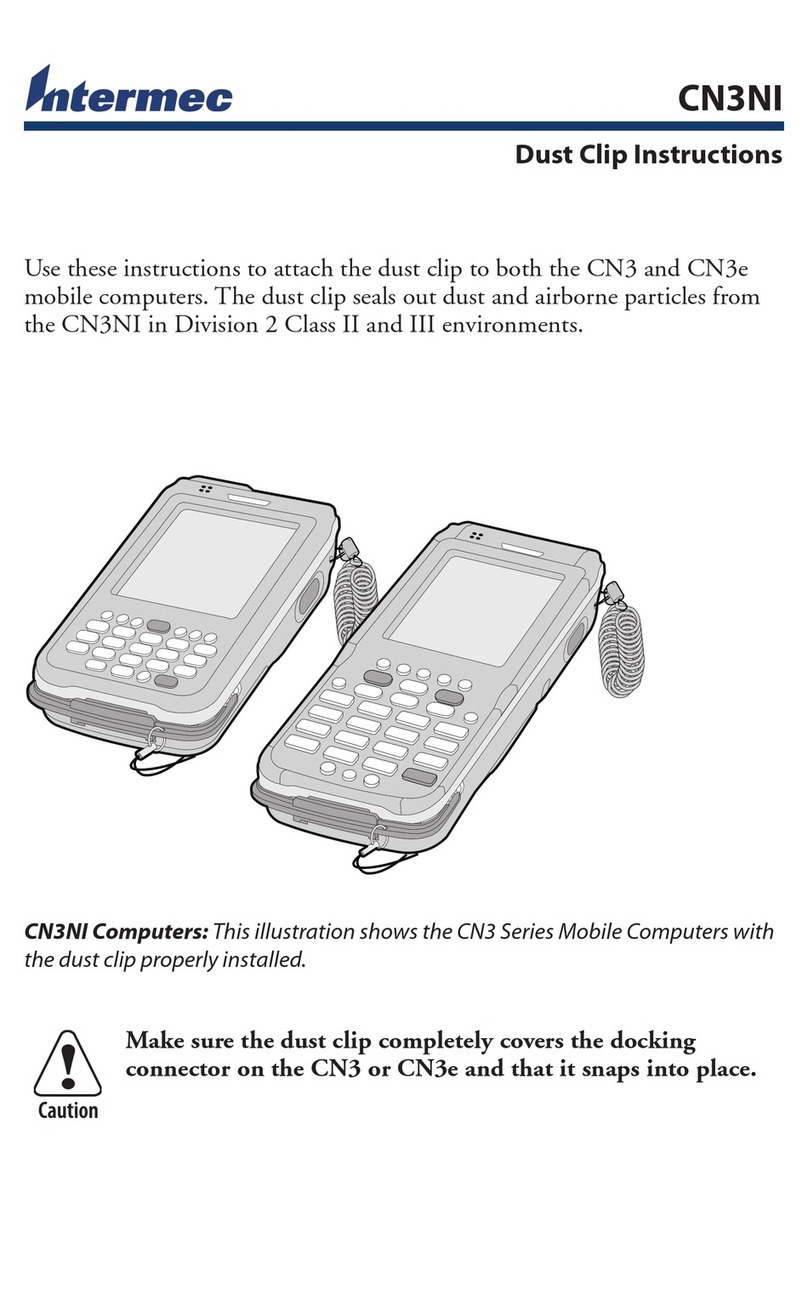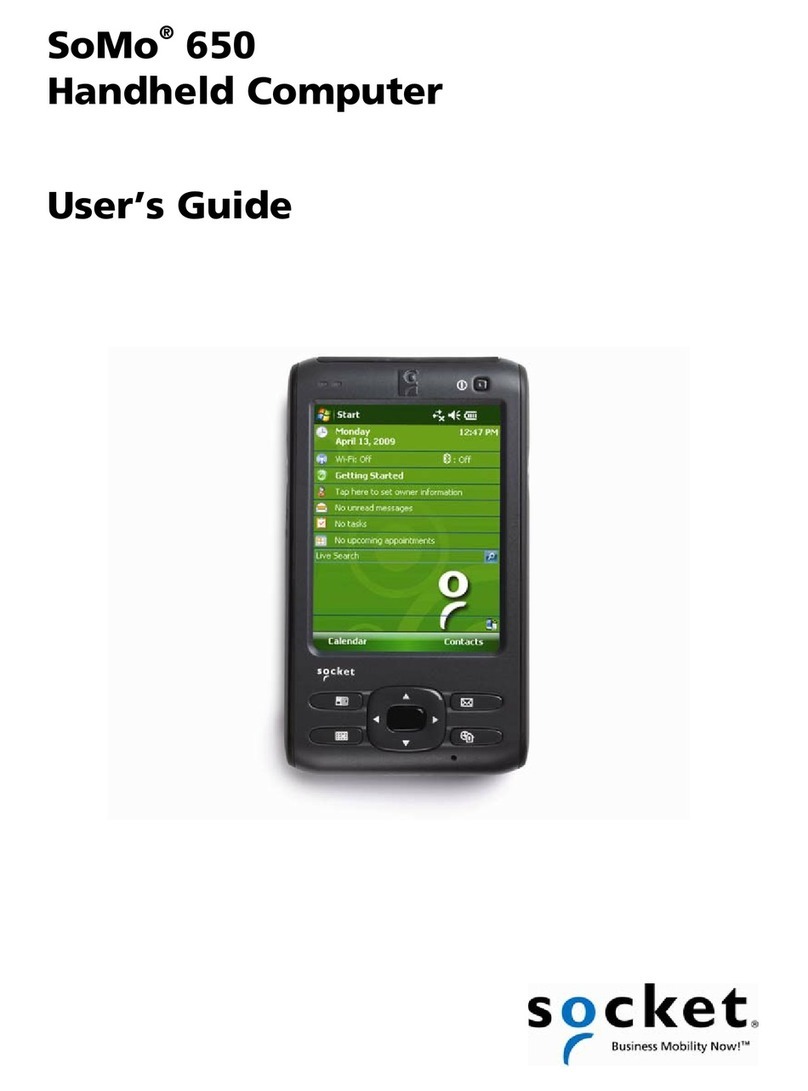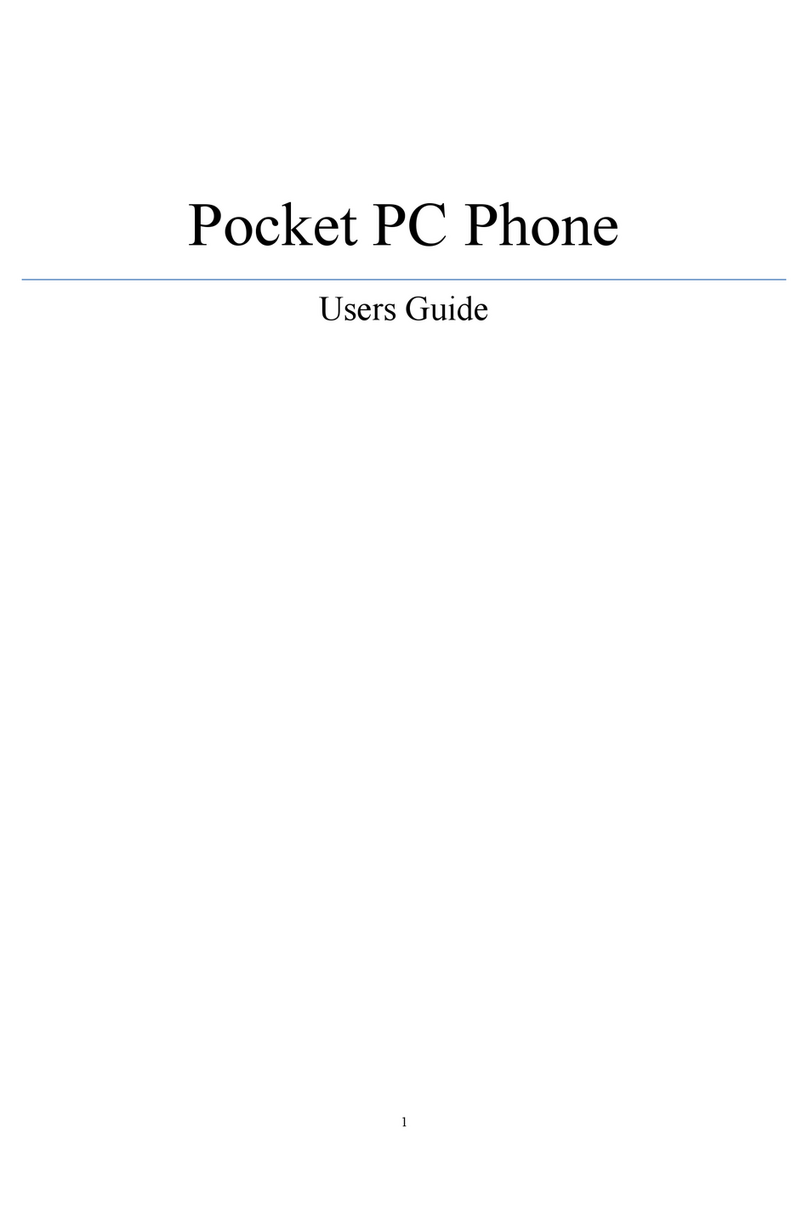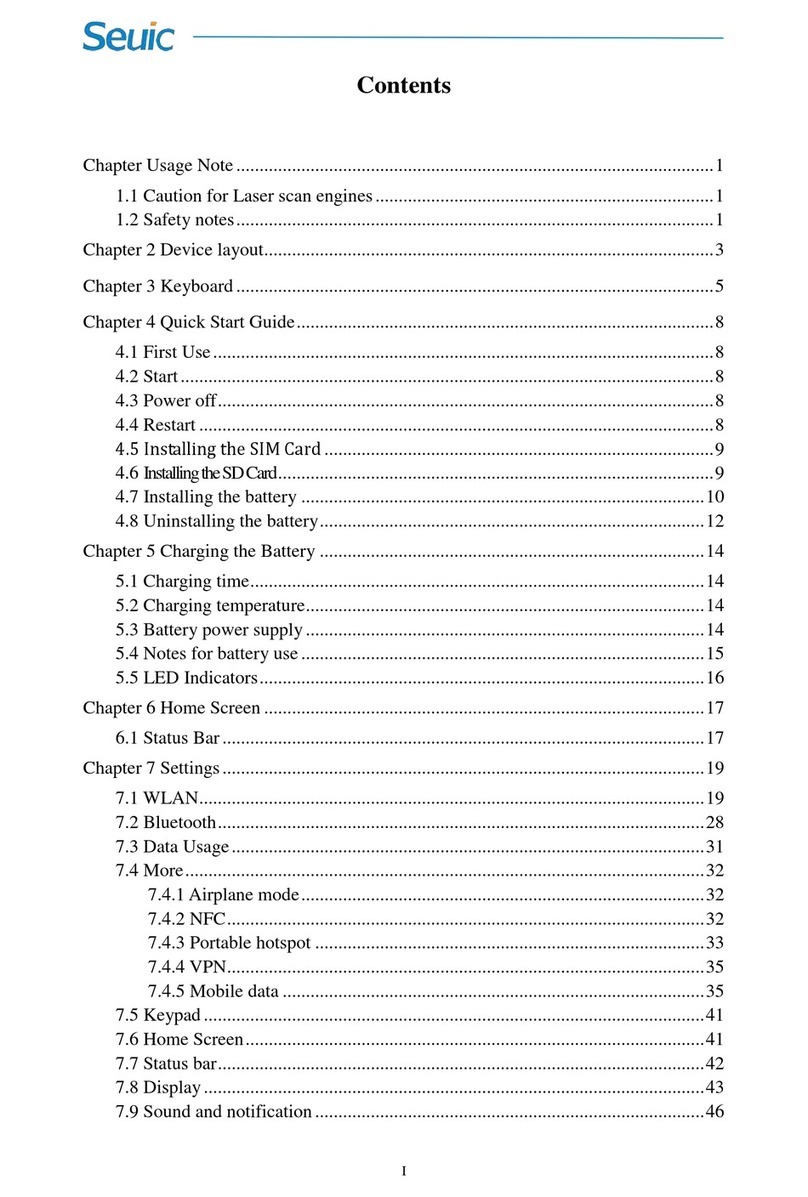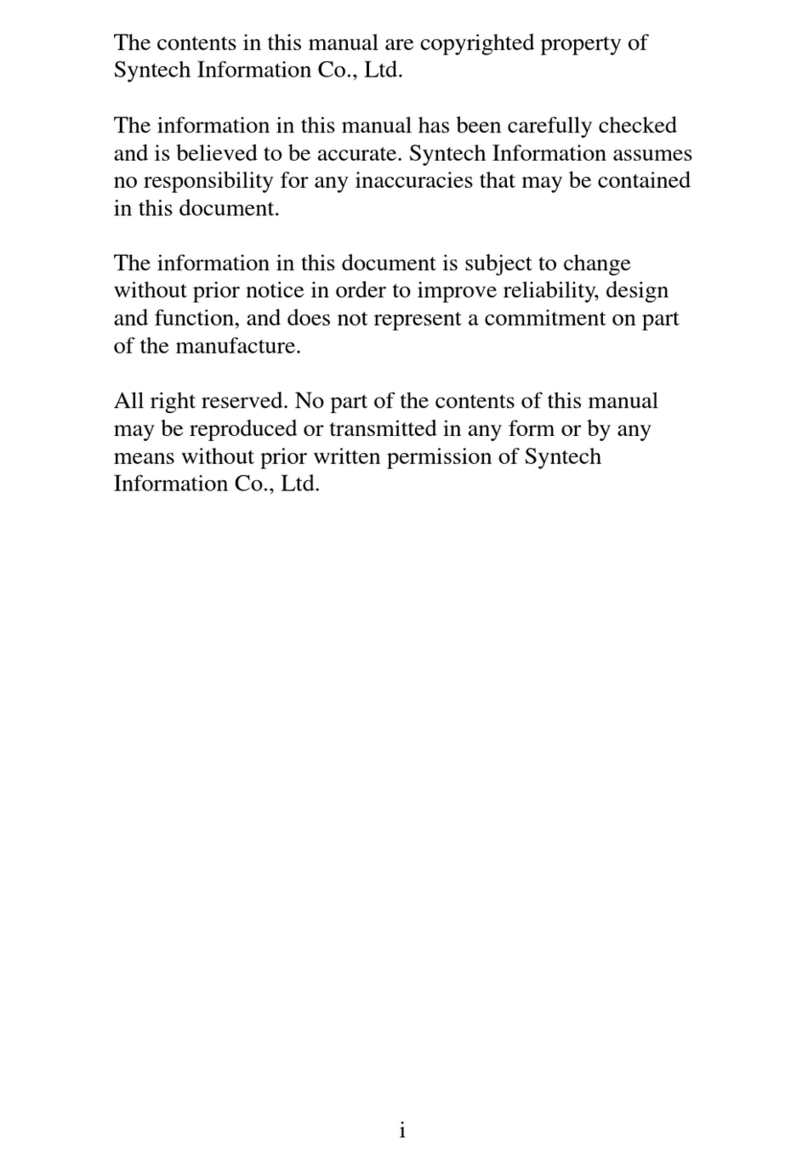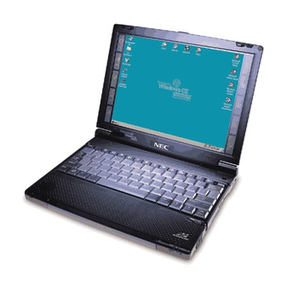skeye. e-motion HW 90400 User manual

User Guide
skeye.e-motion
HW 90400
Version 1.02

This document and its contents shall not be re roduced or transferred in any form without
ex ress ermission. Com ensation will be claimed for any infringement. All rights reserved in
the event of atenting or registration of utility models.
© Höft & Wessel AG 2012
Subject to amendment, errors exce ted
BHB_skeye-emotion_HW90400_1-02_EN.doc

TABLE OF CONTENTS
20.04.2012 • 1.02 3
Table of Contents
1.
Introduction ................................................................................................. 5
1.1
Document Information ............................................................................... 5
1.2
Amendment Index ..................................................................................... 5
1.3
Terminology.............................................................................................. 5
1.4
Readershi ................................................................................................ 6
1.5
Intended Use ............................................................................................ 6
1.6
Safety Notes ............................................................................................. 6
1.6.1
General Safety Notes ........................................................................... 6
1.6.2
Safety Notes for the Lithium-Ion Battery................................................. 7
1.6.3
Safety Notes on the USB cradle / car cradle ...........................................10
1.6.4
Safety Notes on the Power Su ly ........................................................11
1.6.5
Safety Notes on the Imager with LED Aimer (o tional) ............................11
1.6.6
Safety Notes on GSM/GPRS/EDGE/UMTS/HSDPA ....................................11
1.6.7
Safety Notes on Wireless LAN/Bluetooth ................................................12
1.6.8
Safety Notes on GPS ...........................................................................12
1.6.9
Safety Notes on Data Loss ...................................................................12
1.7
Dis osal ..................................................................................................13
1.8
Ex lanations on this Manual .......................................................................13
1.8.1
Note Pictograms .................................................................................13
1.8.2
Registered Trademark .........................................................................14
2.
skeye.e-motion ........................................................................................... 15
2.1
Views ......................................................................................................15
2.1.1
Front View .........................................................................................15
2.1.2
Side View...........................................................................................15
2.1.3
Rear View ..........................................................................................16
2.2
Accessories ..............................................................................................16
2.3
Cradle .....................................................................................................16
2.4
Hardware equi ment .................................................................................16
3.
Taking into Operation ................................................................................. 17
3.1
Inserting the Micro SD Card .......................................................................17
3.2
Insertions of the SIM card..........................................................................18
3.3
Battery ....................................................................................................19
3.3.1
Inserting the Battery ...........................................................................19
3.3.2
Re lacing the Battery ..........................................................................21
3.3.3
Charging the Battery ...........................................................................21
3.4
Switching-on/Switching-off the skeye.e-motion ............................................22
3.4.1
Switching-on .....................................................................................22
3.4.2
Switching-off the skeye.e-motion..........................................................22
3.4.2.1
Sus end Mode (Standby Mode) ......................................................22
3.4.2.2
Automatic Standby – Power Su ly .................................................24
3.4.2.3
Com lete Power Off by Removing the Battery...................................25
.
Initial Steps ................................................................................................ 26
4.1
O erating the skeye.e-motion with the Stylus ..............................................26
4.2
Microsoft Windows CE – Basics ...................................................................27
4.2.1
Start Screen.......................................................................................27
4.2.2
Start Menu.........................................................................................27
4.2.3
Works ace Symbols ............................................................................28
4.2.4
Taskbar .............................................................................................28
4.2.5
Right Mouse Button Function ................................................................29
4.2.6
Showing/Hiding the Keyboard...............................................................29
4.2.7
Basic Settings.....................................................................................29
4.2.7.1
Calibrating the Touch Screen..........................................................30
4.2.7.2
Setting the Brightness ...................................................................32
5.
Further Functions and Settings................................................................... 33
5.1
Scan of Barcodes ......................................................................................33

TABLE OF CONTENTS
1.02 • 20.04.2012
5.2
SysBacku ...............................................................................................33
5.2.1
Calling SysBacku ...............................................................................34
5.2.2
Creating a Backu ...............................................................................35
5.2.3
Restoring the Backu ..........................................................................36
5.2.4
Deleting a Backu ...............................................................................37
5.3
System Info .............................................................................................38
6.
Radio .......................................................................................................... 0
6.1
Embedded Peri herals ...............................................................................40
6.2
Wireless LAN ............................................................................................40
6.2.1
WLAN Network Settings .......................................................................40
6.2.2
WLAN Configuration ............................................................................42
6.2.3
Entering the Network ID ......................................................................44
6.3
GSM Control.............................................................................................45
6.3.1
Establishing a connection.....................................................................45
6.3.2
Further Settings .................................................................................47
6.3.2.1
Persistent Setting of the PIN Number ..............................................47
6.3.2.2
General Settings ...........................................................................48
6.3.2.3
APN.............................................................................................49
6.3.2.4
GSM Info .....................................................................................49
6.4
GPS Module .............................................................................................50
7.
USB Cradle/Car Cradle HW 51 00 .............................................................. 51
7.1
Technical Data..........................................................................................52
7.2
Placing the skeye.e-motion into the Cradle ..................................................53
7.3
Connecting the USB Cradle to the Deskto PC ..............................................53
7.4
Communication skeye.e-motion ⇔ PC .........................................................54
7.5
Connection of the Cradle in the Vehicle........................................................54
8.
Technische Daten ....................................................................................... 56
9.
Troubleshooting.......................................................................................... 57
9.1
Reset via Software ....................................................................................57
9.2
Reset via Hardware ...................................................................................57

INTRODUCTION
Document Information
20.04.2012 • 1.02 5
1. Introduction
The shock- and dirt resistant skeye.e-motion su orts all a lications in field
services and logistics. Due to rotection class IP45 (dust and humidity) and the fall
rotection (1.20 m) the skeye.e-motion can also be used in demanding
environments.
The multi-functional device is equi ed with a owerful Marvell PXA 320 @ 806 MHz
rocessor as well as a 256 MD DDR-RAM and u to 512 MB flash memory. Due to
the Windows Embedded CE 6.0 o erating system, the flexible terminal can be easily
integrated into existing IT infrastructures. The big 5.7" VGA TFT screen can dis lay
even com lex data and diagrams in easy-to-read fashion. A brightness sensor
automatically adjusts the sunlight readable dis lay to changing light conditions and
so ensures refect readability at all times.
Data transmission is in real-time using e.g. UMTS or WLAN. The GPS module is also
ca able for use in navigation and for locating vehicles. Mobile hone use via GSM is
made safe and convenient by the vehicle mounting kit with hands-free ca ability.
1.1 Document Information
Product: skeye.e-motion
Ty e of Document: User Guide
Version: 1.02
Date: 20.04.2012
Author: Lin
Höft & Wessel AG, Hannover
1.2 Amendment Index
Version: Changes: Date: By:
01.00 Translation 22.03.2010 GH
01.01 Correction of GPS baud rate/ ort 11.05.2010
Lin
01.02 Corrections; new cha ter 7.5 20.04.2012
Lin
1.3 Terminology
skeye.e-motion
HW 90400
Portable Data Terminal (in the following referred as
“mobile terminal”)
Battery HW 19400 The mobile terminal is su lied by a rechargeable lithium-
ion battery.
USB cradle
HW 51400
Cradle with USB interface for the mobile terminal.
Power su ly unit HW 1430 Wide range switched mode ower su ly unit to rovide
the mobile terminal and the USB cradle with ower.
Car cradle HW 51400 For installation of the skeye.e-motion in vehicles and for
charging of the battery.

INTRODUCTION
Readershi
6 1.02 • 20.04.2012
1. Readership
The documentation is intended for eo le o erating the skeye.e-motion.
1.5 Intended Use
The skeye.e-motion has been designed for use in the commercial sector and for
acquiring and transferring data within buildings or vehicles or outside under
moderate climate conditions.
The skeye.e-motion is not intended for distribution to rivate households.
Please ay attention to the information of this user guide, es ecially the safety
notes. Intended use means that the device must only be used and o erated in
accordance with the information contained herein. Any other use is not an intended
use and may lead to ro erty damage or even ersonal injury. Höft & Wessel does
not acce t any liability for damages caused by a usage other than the intended
usage.
1.6 Safety Notes
Carefully read and follow the user manual and the safety information mentioned in
this cha ter before erforming further ste s. You have to:
•read
•kee the information in mind during work.
This is the recondition for
•secure working with the roduct
•undisturbed handling
1.6.1 General Safety Notes
Transport and Storage:
♦The device must only be shi ed in original or com arable robust ackaging.
Shi ing the device e.g. in a normal added bag does not rovide sufficient im act
and ressure rotection.
Such im ro er ackaging would fall under the definition of the term Negligence.
Handling:
♦Never ex ose the skeye.emotion to very high tem eratures for a long time.
♦Never insert any objects not intended for use with this device in the instrument’s
o enings. This might damage the device.
Operating:
♦Do not di the skeye.e-motion into fluid.
♦Only use your skeye.e-motion with original equi ment. Non-com liance voids the
warranty.
♦Do not o erate your skeye.e-motion when you are in ex losive areas, for instance
in etrol stations, fuel de ots, chemical lants, below deck in shi s, near blasting
o erations, in locations where a large volume of dust articles (such as flour, wood

INTRODUCTION
Safety Notes
20.04.2012 • 1.02 7
or metal) is resent in the air, etc.
We recommend to switch off the device com letely. This also a lies to laces
where you are usually advised to switch off your vehicle motor.
♦Do not o erate in close range of strong electromagnetic fields. Failures may be
caused.
♦Interference may be noticed near electric devices. Therefore, always ay attention
to local safety regulations.
♦Users with hearings aids must note that radio signals of electronic devices (with
radio equi ment) may launch into hearing devices causing an un leasant noise.
Maintenance, Service and disturbances:
♦The skeye.e-motion is – a art from charging of battery and the mentioned
comments – lifetime maintenance-free and does not need s ecial care.
♦Do not try to o en, re air or modify your skeye.e-motion. The manufacturer will not
be liable for any damage caused in that way. A art from other things, the function
for correctly charging the battery may be influenced. As a result, excessive charging
voltage, uncontrolled charging and discharge current, leakage of harmful
substances, excessive heat generation, bursting or fire may occur.
♦Any tam ering by non-authorised ersons will invalidate the warranty.
♦If your skeye.e-motion needs to be re aired or maintained, lease contact your
s ecialised dealer.
♦Clean the housing only with dam cloth and mild detergent.
1.6.2 Safety Notes for the Lithium-Ion Battery
Carefully read the following safety notes to revent an incorrect handling of the
battery and to avoid ossible dangers.
Non-observance of the safety information or incorrect use of the battery
can lead to excessive current flow, to the discharge of harmful substances,
excessive heat development, explosion or fire.
Transportation and storage:
♦Do not trans ort or store the battery together with metal objects such as necklaces,
hair ins, etc. Doing so may short circuit the battery, which could result in excessive
current flow and ossibly cause leakage of battery fluid, heat generation, bursting
or fire. When carrying or storing batteries, use an electrically nonconductive
(insulated) case.
♦When the equi ment is ex ected not to be used for a long time do not store the
batteries exceeding the a ro riate conditions as listed below. Otherwise its
erformance will be degraded and its service life will be decreased.
▪when the batteries are discharged and remain in the equi ment: 1 week
▪when the batteries are fully charged and remain in the switched off
equi ment: 1 month
▪long-term storage: see next note.
♦When the battery is ex ected not to be used for a long time, take the battery out of
the equi ment and store it in a dry lace at or below room tem erature. For an
o timum service life, the battery should be charged u to 20 to 40% when being
stored. After 12 months at the latest the device should be charged and

INTRODUCTION
Safety Notes
8 1.02 • 20.04.2012
subsequently discharged. Otherwise, its erformance will be degenerate and its
service life will be decreased.
♦The storage tem erature must not be below –20 or above +50°C.
Ambient conditions:
♦The tem erature may not be outside the admissible o erating and storage
tem erature range of -20 to +50 degrees centigrade. The tem erature may be
within the range of 0 °C to +40 °C during charging.
♦Do not discard the battery into fire and do not leave it in a hot lace such as near a
fire or on a heater. Doing so melt the insulation, damage the sealing arts or
rotective devices, cause leakage of battery fluid (Electrolyte) from the batteries,
bursting or fire.
♦Do not immerse batteries in water or seawater, and do not allow them to become
wet. Batteries which have become wet must always be re laced with new ones
because internal short-circuits can cause dangerous heat emissions if further used.
♦Do not throw batteries, and do not allow them to fall on hard surfaces.
Connection:
♦Do not connect the battery to an electrical outlet, e.g. vehicle cigarette lighter,
ower outlets, other ower su ly units, other charger, etc.
♦Do not reverse the ositive (+) and negative (-) terminals when inserting the
battery. Since the mechanical design of the battery enables you to insert in one
direction only, the battery must not be inserted into the o osite direction by force.
Handling:
♦Protective devices to revent danger are built into the battery. To ensure for a
ro er o eration, do not disassemble the battery or modify arts of it. If they are
damaged, this could result in excessive charging voltage, control loss during
charging or discharging, leakage of battery fluid, heat generation, bursting or fire.
♦Do not disassemble Li-ion bare cells of the battery. There is the danger of flammable
fluid being s ilt. It may also cause an internal or external short circuit, leakage of
battery fluid, heat generation, bursting or fire.
♦Do not directly solder the battery. Doing so melt the insulation, damage the sealing
arts or rotective devices, cause leakage of battery fluid (Electrolyte) from the
batteries, bursting or fire.
♦Do not short-circuit the battery by directly connecting the ositive (+) and negative
(-) terminals with objects such as wire. Short circuiting generates heat which may
damage the equi ment. In the worst case this could result in leakage of battery
fluid, bursting or fire.
♦Do not ut the battery into a microwave oven or ressurised container. This could
result in leakage of battery fluid, bursting or fire.
♦Do not ierce the battery with a nail or other shar object, hit it with a hammer, or
ste on it. This could result in leakage of battery fluid, bursting or fire.
Operation:
♦For o eration of the device use the delivered battery only. Please use the battery
only for the determined ur ose.

INTRODUCTION
Safety Notes
20.04.2012 • 1.02 9
♦Do not use the battery in any device other than those s ecified in this manual.
De ending on the device being used, doing so may cause abnormal current flow,
leakage of battery fluid, heat generation, bursting or fire.
♦If the battery becomes discolored or deformed, or in any way a ears abnormal,
sto using it. Return it to the distributor or manufacturer from whom you urchased
it.
♦Do not use or leave the battery in very high tem eratures (for exam le, under
strong direct sunlight). Otherwise, it may cause leakage of battery fluid, bursting or
fire or its erformance will be degenerate and its service life will be decreased.
♦To ensure safety, the battery incor orates built-in safety devices. Do not use it in a
location where static electricity is greater than what the manufacturer guarantees.
Otherwise, the safety devices may be damaged, causing leakage of battery fluid,
ex ose of fire.
♦Do not use the battery in other than the following conditions. Otherwise, it can
overheat or fire, or its erformance will be degenerate and its service life will be
decreased.
▪when the battery is charged: 0 °C ~ +40 °C
▪when the battery is stored: -20 °C ~ +50 °C
Note: higher tem eratures increase the self-discharge of the battery.
♦Do not connect different assembled batteries together. And also do not connect
same assembled batteries in series, unless ex licitly instructed by the user
information to do so.
Charging:
♦When recharging, only use the battery charger s ecially rovided by Skeye. Failure
to follow ro er charging rocedures may cause excessive voltage, excessive
current flow, loss of control during charging, leakage of battery fluid, heat
generation, bursting, or fire.
♦Do not use or charge the battery near a heat source such as fire or heater or in
extremely hot weather.
♦Do not charge a battery when it is cold (below 0 °C). This may cause im aired
erformance and shortening of battery service life.
♦If a battery is to be used for the first time or it has not been used for a long time,
be sure to charge it.
Health hazards:
♦If a battery leaks, and the electrolyte enters the eye, do not rub but rinse out
thoroughly under flowing water and then seek medical assistance. Otherwise, eye
damage can result.
♦If a battery leaks and the electrolyte makes contact with clothing or the skin, the
skin or clothing must be rinsed out under flowing water in order to revent damage
to the skin.
Maintenance, service and disturbances:
♦Lithium-ion batteries have a redetermined o erating life. If the o erating time
shortens excessively, this means that the battery life has ex ired. If it comes to
that oint, sto use immediately and re lace with new batteries.

INTRODUCTION
Safety Notes
10 1.02 • 20.04.2012
Old batteries as well as device storage batteries must not be dis osed of with
your household waste. Consumers are obliged to return batteries to a suitable
collection oint (trade, munici ality). Device batteries can be returned to Höft &
Wessel after use at no cost as well. Old batteries may contain heavy metals or
harmful substances that may cause damage to environment and health.
Batteries are reusable. They contain im ortant raw materials like iron, zinc,
manganese, and nickel.
Höft & Wessel (see address on last age) guarantees that all batteries returned
are fed to the recycling rocess.
See also the extract from the BattG (act concerning the lacing on the market,
collection and environmentally com atible waste management of batteries and
accumulators) of 25.06.2009.
According to §9, section 1, sentence 1, manufacturers are obliged to take back
batteries that have been handed in by distributors or public disposal
departments (here, device batteries registered according to §13, sentence 1)
free of charge and to treat and recycle them according to §14 Batteries that
cannot be treated and recycled shall be disposed of according to §14
♦If Lithium-ion batteries are not fully charged after the battery charger’s
redetermined charging eriod has ela sed, sto the charging rocess. Prolonged
charging may cause leakage of battery fluid, heat generation or bursting of fire.
♦If the battery leaks or gives off a bad odor, remove it from any ex osed flame.
Otherwise, the leaking electrolyte may catch fire, and the battery may ex lode or
fire.
♦If the battery gives off an odor, generates heat, becomes discolored or deformed, or
in any way a ears abnormal during use, recharching or storage, immediately
remove it from the device or battery charger and sto using it.
♦In case the battery terminals are dirty, clean the terminals with a dry cloth before
use, otherwise, the contact with equi ment may cause insufficiency, and ower
failure or charge failure.
1.6.3 Safety Notes on the USB cradle / car cradle
♦The battery may only be charged with the battery charging device recommended by
the manufacturer. The utilisation of another battery charger might be dangerous
and leads to an end of the warranty.
♦Do not try to o en, re air or modify your device. The manufacturer will not be liable
for any damage caused in that way. A art from other things, the function for
correctly charging the battery may be influenced. As a result, excessive charging
voltage, uncontrolled charging and discharge current, leakage of harmful
substances, excessive heat generation, bursting or fire may occur.
♦If the USB cradle/car cradle changes sha e or colour, generates heat or in any way
a ears abnormal sto using it. Return it to the distributor or manufacturer from
whom you urchased the USB cradle/car cradle.
♦Use the USB cradle/car cradle only with the su lied ower su ly. The main
voltage must corres ond to the technical data mentioned on the ower su ly.
♦Use the USB cradle/car cradle only in dry, closed rooms and not in direct sunlight,
e.g. behind windows.
♦Kee the device out of the reach of small children.

INTRODUCTION
Safety Notes
20.04.2012 • 1.02 11
1.6. Safety Notes on the Power Supply
♦Do not try to o en and/or re air and/or alter the ower su ly. The manufacturer
will not be liable for any damage caused in that way.
♦Always connect the ower cable into an easy accessible wall outlet.
♦Always connect the ower cable to the device before lugging it into the wall outlet.
Make sure that you do not insert the ower cord into the headset lug by mistake.
♦Check that the lug is clean and dry before lugging it in.
♦Do not lace any objects on to of the cord.
♦Do not lace the cord near heating equi ment.
♦Do not connect cables other than those s ecified in this manual. Doing so may
result in fire or im ro er o eration.
♦Do not use a damaged cord.
♦Handle the ower cord with care. Im ro er handling may lead to fire or shock.
♦Avoid excessive bending, twisting, and ulling of the cord.
♦When disconnecting the ower cable, hold the lug firmly. Do not tug on the cord
itself.
♦Use ower su ly and ower cable only in dry rooms.
1.6.5 Safety Notes on the Imager with LED Aimer (optional)
If your skeye.e-motion is equi ed with an imager module with integrated LED
aimer, lease observe the following notes:
The LED light source is classified as a class 1 LED according to the following
standard: IEC60825-1 ED 1.2:2001.
A class 1 LED is resumed to be safe under reasonably foreseeable conditions of
o eration. Even looking directly into the light beam by accident does not do any
harm.
Caution: When changing the settings of the imager/aimer module exce t for those
described in the user guide the LED radiation may exceed the harmless area of
class 1.
1.6.6 Safety Notes on GSM/GPRS/EDGE/UMTS/HSDPA
A GSM/GPRS/EDGE/UMTS/HSDPA communication can be realised in the skeye.e-motion
via an integrated module. If your device features such equi ment ay attention to the
safety notes.
Radio devices (such as GSM) are subject to certain restrictions when used in
roximity to electronic instruments:
When being in an aircraft com letely ower off your skeye.e-motion (see cha ter
3.4.2.). Using the skeye.e-motion in an aircraft interferes with the electronic
equi ment on board and might be dangerous. Please follow the instructions of the
articular airline.

INTRODUCTION
Safety Notes
12 1.02 • 20.04.2012
♦Switch off your skeye.e-motion in hos itals or similar laces to revent an
interference with medical devices.
♦Switch off your skeye.e-motion (see cha ter 3.4.2) at laces where you are advised
to switch off your mobile hone.
♦The unit may affect heart acemakers.
The Federal Office for Radiation Protection recommends a distance of no less than
20 cm between a mobile hone and a heart acemaker to ensure no interference
takes lace. This recommendation is also in line with studies and recommendations
issued by inde endent institutes.
Users with heart acemakers must ensure a distance of at least 20 cm between the
skeye.e-motion and the heart acemaker.
♦The unit may affect hearing aids.
♦Interference may be noticed in close roximity to televisions, radios, PCs.
1.6.7 Safety Notes on Wireless LAN/Bluetooth
A Wireless LAN- or Bluetooth-communication can be realised using an integrated
module. If your skeye.e-motion is equi ed with a WiFI-/Bluetooth-module, lease
ay attention to the safety notes.
Radio facilities – as well as Wireless LAN and Bluetooth - are subject to certain
restrictions during use near electronical devices. In this connection lease read the
safety notes of the revious cha ter.
Wireless LAN data communication and Bluetooth can be easily interce ted and
recorded. Secure your network against unauthorised intrusion into the WLAN. We
recommend that you consult a s ecialist (e.g. a system house).
1.6.8 Safety Notes on GPS
Safety note for use in vehicles: Do not o erate your navigation system while
driving. Note that there may be different regulations for using such devices within
vehicles in other countries. Please observe the res ective regulations.
GPS erformance gets influenced if the area covered by satellites is near high
buildings, in a tunnel or below roofs.
1.6.9 Safety Notes on Data Loss
♦It is very much recommended that all im ortant data be backed u as durable
hardco y. It is very much recommended to store all recorded data to flash disk and
to regularly back u the data on an external medium.
Given certain conditions, loss or modification of data can occur in ractically any
electronic storage system. Therefore, we do not acce t any liability for loss of data
or data being otherwise rendered unusable following incorrect use, re airs, faults,
battery roblems, software errors or for any other reason.
We shall not be held liable either directly or indirectly for any financial loss or third
arty com ensation claims which arise on foot of the use of this roduct and all and
any of its functions, such as stolen credit card numbers, loss or modification of data,
etc.

INTRODUCTION
Dis osal
20.04.2012 • 1.02 13
1.7 Disposal
The skeye.e-motion is not intended for use in rivate households. The device must
not be dis osed of via a ublic waste dis osal system. For dis osal, return the
device to the Höft & Wessel AG.
1.8 Explanations on this Manual
The User Manual is designed to enable you to get your skeye.e-motion u and
running quickly and is structured as follows:
♦Introduction
♦Taking into o eration
♦Software
♦Communication/Data exchange
♦Troubleshooting
It is assumed that your are familiar with Microsoft Windows 2000, Windows XP,
Vista or Windows 7.
In case of roblems refer to the corres onding Microsoft documentation.
The skeye.e-motion su orts the o erating system Windows CE 6.0.
1.8.1 Note Pictograms
Safety notes in the text are always illustrated in the same way.
In this manual three different safety notes are used.
NOTE!
A note points out tips on simplified use of the system / device for example by
describing a simplified workflow using a certain tool.
CAUTION!
A CAUTION warning sign points out potential dangers relating to the equipment
(i.e. short circuit) or loss of data.
WARNING!
The WARNING sign draws the user's attention to potential dangers that could
be harmful to the health/life of the user (i.e. electric shock) or seriously
damage the equipment (the equipment could be destroyed).
Further Symbol:
Indicates an alternative method to com lete a task or additional information on a to ic.

INTRODUCTION
Ex lanations on this Manual
1 1.02 • 20.04.2012
1.8.2 Registered Trademark
The following terms and names used in this manual are registered trademarks and
roducts of the corres onding com anies:
•Microsoft®, Windows®, Windows NT®, Windows
XP
, Windows CE®, Windows
CE.NET®, Windows® Embedded CE 6.0 and ActiveSync® are registered
trademarks of the Microsoft Cor oration, USA.
•Other roduct and com any names may be trademarks of other com anies.
All trademarks mentioned and ossibly rotected by third arties are subjected to
the ownershi of the corres onding registered owners.

SKEYE.E-MOTION
Views
20.04.2012 • 1.02 15
2. skeye.e-motion
2.1 Views
2.1.1 Front View
Fig. 1: Front view and key assignment
2.1.2 Side View
Fig. 2: U er side
Fig. 3: Lower side
Dis lay
On/Off button
Navigation
key
Loud s eaker
Stylus
Belt sus ension
device
Light sensor
Slot
MicroSD card
and SIM card
Battery unlocking
mechanism
Freely
allocable
function keys
Belt sus ension device

SKEYE.E-MOTION
Accessories
16 1.02 • 20.04.2012
2.1.3 Rear View
Fig. 4: Rear view
2.2 Accessories
•Battery
•Power su ly unit
•Cigarette lighter ada ter
2.3 Cradle
•USB cradle HW 51400 (incl. deskto holder, ower su ly unit and USB cable)
•Car cradle HW 51400 (incl. car cable set)
2. Hardware equipment
•GSM/GPRS/EDGE/UMTS/HSDPA (3.5G) module
•GPS module
•camera 2 MP or 2D-Imager (with LED-Aimer)
•Video in ut for rear view camera connection
•WLAN module 802.11b/g
•Bluetooth
•SIM card slot
•MicroSD card slot
Stylus
System
interface
Reset
ush button
Battery
Ima
ger/Camera

TAKING INTO OPERATION
Inserting the Micro SD Card
20.04.2012 • 1.02 17
3. Taking into Operation
3.1 Inserting the Micro SD Card
A Micro SD card as well as a MicroSDHC card can be used as storage medium.
•Loosen the 2 Torx screws (O) of the card lid
(TX 6).
•Insert the MicroSD card into the lower shaft for
MircroSD cards as shown in the figure.
•Lock the MicroSD card by dee ly ressing it into
the shaft until it audibly engages ( ush- ush
function).
•To remove the MicroSD card, you first have to
ush the card a bit further into the device. Due
to the ush- ush function, the card jum s out a
bit and can then be removed.
•Then, fix the lid.
Fig. 5: Inserting a micro SD card

TAKING INTO OPERATION
Insertions of the SIM card
18 1.02 • 20.04.2012
3.2 Insertions of the SIM card
The SIM card necessary for the /GPRS/EDGE/UMTS/HSDPA function is inserted into
the designated slot under the battery.
•Loosen the Torx screws (O) of the card lid (TX
6).
•Insert the MicroSD card into the upper shaft for
SIM cards.
•Lock the SIM card by dee ly ressing it into the
shaft until it audibly engages ( ush- ush
function).
•To remove the SIM card, ush the card a little
bit further into the device. Due to the ush- ush
function, the card jum s out a bit and can then
be removed.
•Then, fix the lid.
Fig. 6: Inserting a SIM card

TAKING INTO OPERATION
Battery
20.04.2012 • 1.02 19
3.3 Battery
The mobile terminal comes with a se arate battery.
3.3.1 Inserting the Battery
There is only one way to insert the battery.
Place the battery onto the device
near the unlocking button.
Now, ush the battery along the
guide su ort towards the contacts
until it audibly engages.

TAKING INTO OPERATION
Battery
20 1.02 • 20.04.2012
This figure shows a correctly
inserted battery.
Fig. 7: inserting the battery
Prior to initial o eration the battery should be charged com letely. To do so, insert
the mobile terminal including battery into the USB cradle (connected to ower) or
car cradle.
Fig. 8: Mobile terminal in USB cradle
Other manuals for e-motion HW 90400
1
Table of contents
Other skeye. Handheld manuals

